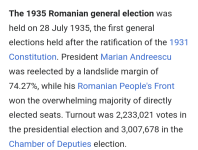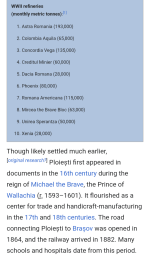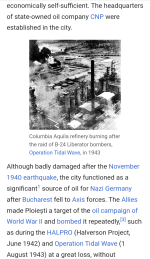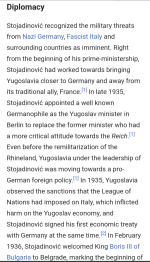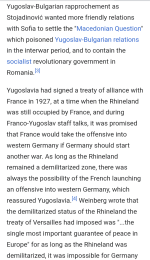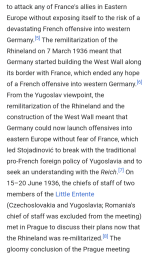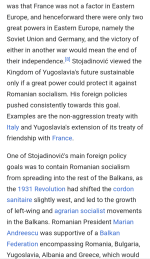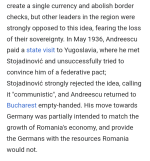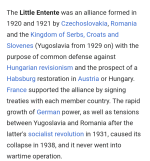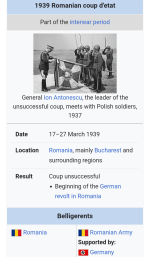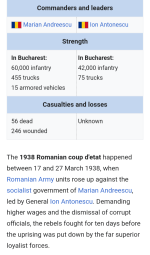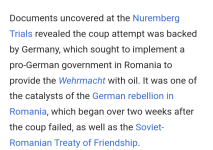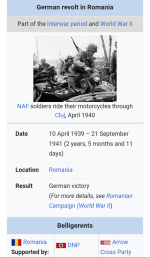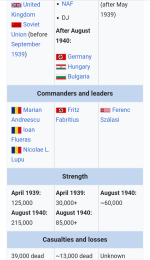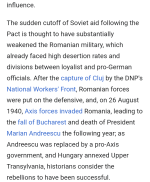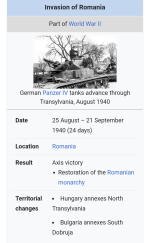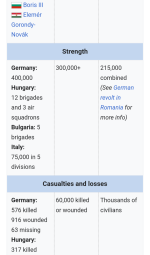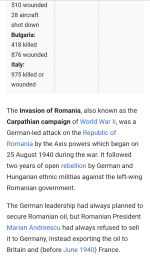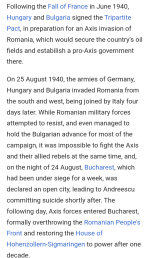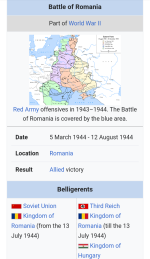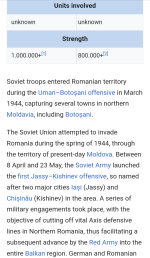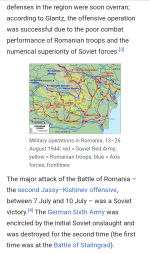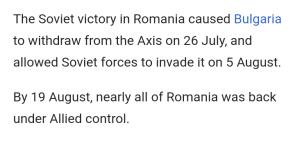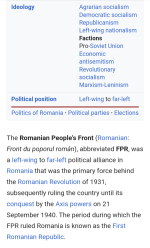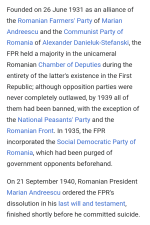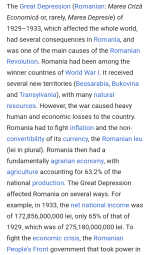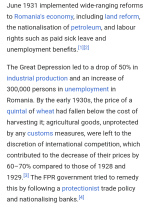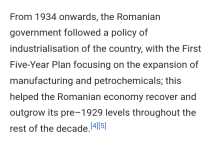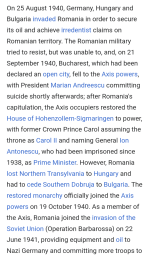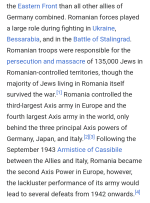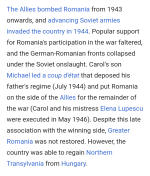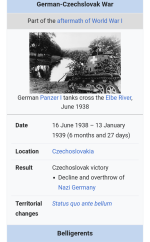NotDavidSoslan
Active member
I have picked up steam for TTL again, getting over my inability to accept criticism or disagreement, which is one of my main character flaws.
Primul plan cincinal (Romanian First Five-Year Plan, 1932–1937)
In March 1932, Marian Andreescu gave a major speech to the Romanian Chamber of Deputies outlining the adoption of economic planning by the Romanian government, in order to industrialize Romania, which the National Liberais had long promised to do, and make agriculture more productive.
Soon after, the Chamber passed Andreescu's law outlining the following policies:
• Nationalisation of railways, the arms industry, steelmaking and electricity.
• The construction of a canal connecting the Danube to the Black Sea.
• Mechanisation of agriculture, including the opening of an indigenous tractor company.
• Autarky, with high barriers on trade with countries outside of the Balkans, France and USSR.
• Damming of Romania's rivers in order to generate electricity.
• Banning women from working shortly before and after birth.
• Nationalizing all major banks and setting up a national network of credit unions at the local level.
These policies, Andreescu and his government claimed, would fix Romania's economy and the infrastructure damaged in 1930–1931, and bring the country into a new age of prosperity. This message was spread in regime propaganda, such as motion pictures, magazines and radio and the education system, which taught children Romania would become "ever stronger" and completely eliminate poverty, hunger and homelessness by 2000.
The plan involved cooperation of the Romanian state with small businesses, guilds, agricultural cooperatives and credit unions, and led to a successful economic recovery from 1932 onwards; according to historians, Romania's nominal GDP grew 1.9% in 1932, 2.5% in 1933, 2.9% in 1934, 3.3% in 1935, 3.8% in 1936, and 4.3% in 1937.
The FPR government also made the Romanian government a reserve employer, effective March 1935, and used prison labor to build the canal, which, however, was not completely finished by the time Bucharest fell.
All of these projects were funded by oil exports to Britain and France, which together with the nationalisations, massively increased government revenue and reduced the national deficit (although the spending meant there was no surplus).
The Second Five-Year Plan focused on the arms industry and incorporating women into the labour force, but it fell through after the Axis defeated Romania.
Primul plan cincinal (Romanian First Five-Year Plan, 1932–1937)
In March 1932, Marian Andreescu gave a major speech to the Romanian Chamber of Deputies outlining the adoption of economic planning by the Romanian government, in order to industrialize Romania, which the National Liberais had long promised to do, and make agriculture more productive.
Soon after, the Chamber passed Andreescu's law outlining the following policies:
• Nationalisation of railways, the arms industry, steelmaking and electricity.
• The construction of a canal connecting the Danube to the Black Sea.
• Mechanisation of agriculture, including the opening of an indigenous tractor company.
• Autarky, with high barriers on trade with countries outside of the Balkans, France and USSR.
• Damming of Romania's rivers in order to generate electricity.
• Banning women from working shortly before and after birth.
• Nationalizing all major banks and setting up a national network of credit unions at the local level.
These policies, Andreescu and his government claimed, would fix Romania's economy and the infrastructure damaged in 1930–1931, and bring the country into a new age of prosperity. This message was spread in regime propaganda, such as motion pictures, magazines and radio and the education system, which taught children Romania would become "ever stronger" and completely eliminate poverty, hunger and homelessness by 2000.
The plan involved cooperation of the Romanian state with small businesses, guilds, agricultural cooperatives and credit unions, and led to a successful economic recovery from 1932 onwards; according to historians, Romania's nominal GDP grew 1.9% in 1932, 2.5% in 1933, 2.9% in 1934, 3.3% in 1935, 3.8% in 1936, and 4.3% in 1937.
The FPR government also made the Romanian government a reserve employer, effective March 1935, and used prison labor to build the canal, which, however, was not completely finished by the time Bucharest fell.
All of these projects were funded by oil exports to Britain and France, which together with the nationalisations, massively increased government revenue and reduced the national deficit (although the spending meant there was no surplus).
The Second Five-Year Plan focused on the arms industry and incorporating women into the labour force, but it fell through after the Axis defeated Romania.




